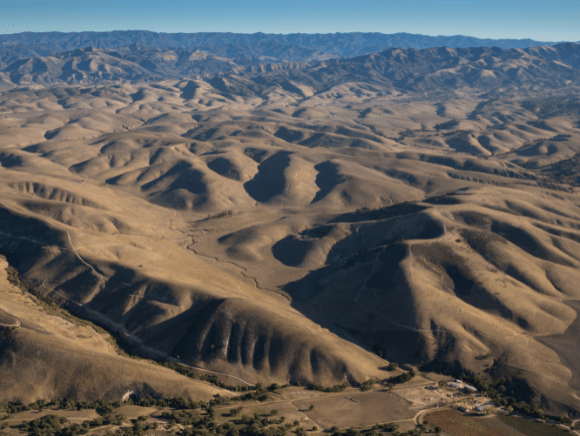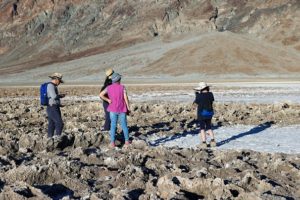The American Southwest is experiencing its most significant drought period in 1200 years, according to a recent study. Humans are to blame, the authors say. Is it true, or is there are another explanation hiding in the data?
Background
The American Southwest has a unique climate characterized by prolonged warm droughts punctuated with wet periods. This pattern has prompted the evolution of what is called fire ecologies – ecosystems that are adapted to fires during droughts. The most famous fire-adapted plant is the redwood in California.
 An individual tree can live more than 2000 years and become unusually tall and wide. Redwood trees use extended wet periods to grow so broad that they survive when the forest fires inevitably come during dry spells. This survival strategy tells us that periodic mega-droughts are the norm in this region, not the exception.
An individual tree can live more than 2000 years and become unusually tall and wide. Redwood trees use extended wet periods to grow so broad that they survive when the forest fires inevitably come during dry spells. This survival strategy tells us that periodic mega-droughts are the norm in this region, not the exception.
The Study
The study, published in Nature Climate Change, claims the last 22 years were the driest 22-year period in the past 1200 years. Leaving aside the complexities and uncertainties of tree ring reconstruction, choosing the highly non-standard period of 22 years is odd. The standard in climatology is that climate change is recorded during 30-year intervals. If the researchers had followed this convention, the record mega-drought would have disappeared because the 1990s were wetter than average. Thus, the choice of 22 years looks conspicuously like cherry-picking data to produce the desired outcome.
The study further claims that human-caused climate change has been responsible for 42% of the soil moisture deficit since 2000. That assessment is not based on observation but climate computer models. The researchers run models with and without human CO2 contributions and use the difference to explain the drought.
There are several problems with this approach. First, climate models have not produced anything close to the accuracy needed to predict regional climate variations. Therefore, any regional climate attribution is suspect, including blaming humans for the mega-drought. Second, the authors mostly ignore natural variability, which is generally acknowledged as a dominant factor. A 2017 study from Cornell University demonstrated that the U.S. climate closely follows the so-called Pacific Decadal Oscillation (P.D.O.). Combined with the El Niño Southern Oscillation (E.N.S.O.), much of the climate pattern in the American Southwest can be explained.
Californians prepare for heavy rainfalls whenever there is a strong El Niño, but since 2000, the La Niña has dominated, causing drought. These and other oceanic cycles have conspired to produce a long period of low precipitation. No global warming, human-made or otherwise, is needed to explain this well-known pattern.
Alarmism
Scientists make or break their careers based on attracting funding and publishing their findings in esteemed journals. Therefore, just like natural ocean cycles can explain most weather patterns, alarmist funding requirements and bias can explain why scientists cherry-pick data and ignore natural variation to produce a catastrophe-friendly outcome that generates sensationalist headlines.
~ Read more from Caroline Adana.





